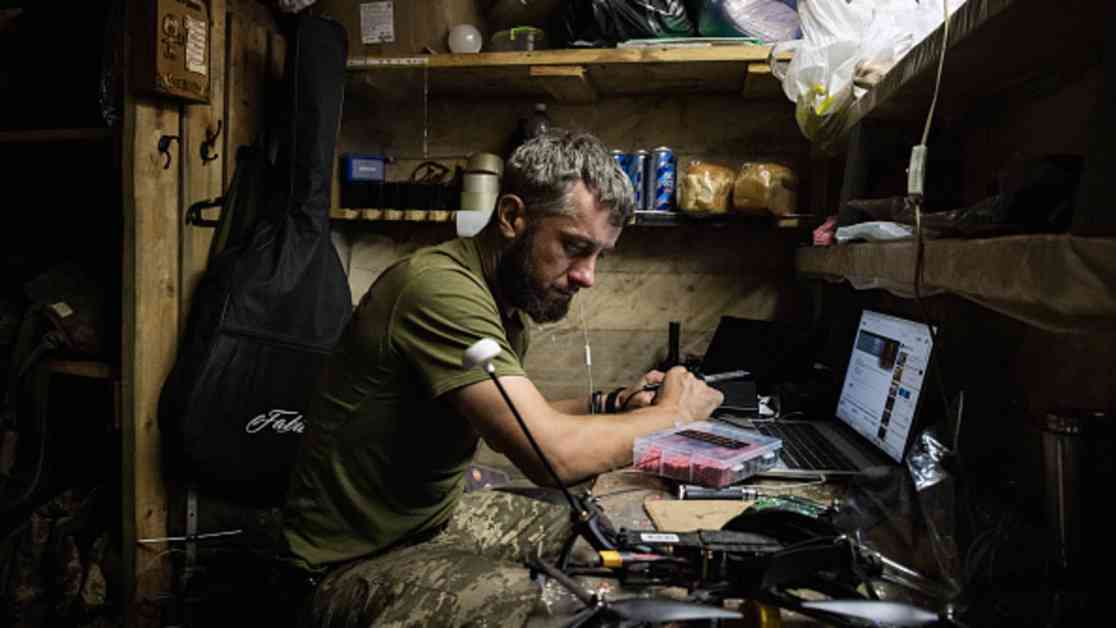In a bold move that has caught many by surprise, Ukrainian forces have launched an incursion into Russian territory, specifically targeting the Kursk region. This strategic operation, which began almost two weeks ago, has seen Ukrainian troops making significant gains, capturing numerous settlements and key infrastructure in the area. The conflict has escalated with the destruction of vital bridges and oil depots, disrupting Russian supply lines and threatening Moscow’s ability to sustain its military operations.
Ukrainian Incursion and Strategic Targets
Ukrainian forces have been operating in Russia’s Kursk Region, with reports indicating that as many as 5,000 soldiers are involved in the incursion. The goal of the operation is to push further into Russian territory and disrupt key transport and fuel infrastructure in Kursk. By targeting bridges and oil depots, Ukrainian forces aim to hamper Russia’s ability to resource and resupply its troops fighting in eastern and southern Ukraine.
The destruction of strategic bridges has been a key focus of the Ukrainian offensive. Last Friday, Ukraine announced that its forces had destroyed a crucial bridge over the Seym river in Kursk, which was reportedly used to transport equipment to the front line. This move was followed by the destruction of a second bridge in Zvannoe, which Russia utilized to supply its troops. The Ukrainian Air Force has been instrumental in carrying out these precision strikes, depriving the enemy of logistical capabilities and impacting the course of hostilities.
Russian Response and Military Criticism
Despite the Ukrainian incursion and the destruction of key infrastructure, Russia has yet to mount a robust counteroffensive. Military analysts have criticized Moscow’s failure to anticipate the incursion and its sluggish response to the operation. Russian military bloggers have also voiced concerns about the lack of preparedness and the need for a more decisive response to the Ukrainian offensive.
Defense analysts suggest that the Ukrainian incursion into Kursk has forced Russia to redeploy forces from other areas of the conflict. The Institute for the Study of War think tank notes that subsequent phases of fighting within Russia will likely require increased manpower and materiel commitments from Moscow. While Russian forces have managed to slow the initial Ukrainian advances, containing the extent of the offensive, a concerted counteroffensive effort is expected to retake seized territory in Kursk.
President Zelenskyy’s Objectives and Calls for Support
Ukrainian President Volodymyr Zelenskyy has outlined the primary objectives of the incursion into Kursk, emphasizing the need to destroy Russian war potential and create a buffer zone to prevent further attacks on Ukrainian border regions. Zelenskyy has called for Western allies to expedite the delivery of weapons and ammunition pledged in military aid packages to support Ukrainian forces operating in Russia.
The Ukrainian president’s focus on inflicting losses on the Russian military and economy reflects a broader strategy to prevent the escalation of the conflict and work towards a just peace for Ukraine. Zelenskyy’s call for timely logistics and support from international partners underscores the urgency of the situation and the need for continued assistance in the face of ongoing hostilities.
As the conflict in the Kursk region continues to unfold, the stakes remain high for both Ukrainian and Russian forces. The destruction of critical infrastructure, the deployment of military assets, and the potential for a full-scale counteroffensive all point to a volatile and unpredictable situation on the ground. The coming days and weeks will be crucial in determining the outcome of this conflict and its implications for the wider region.

















